 On July 25th, 2012 a kit was purchased from Vans Aircraft for a RV-9A while at Oshkosh. This airplane was to become a 10 year 4 month “slow build” project involving the whole family. My primary rivet buddy was my 91-year-old father Harold, who steadfastly assisted in construction. He too was a pilot from the 1940s and taught “radio communications” in the Army Air Guard during World War II. Other assembly helpers included my wife, children, grand children, brothers, extended family and multiple friends who assisted in various stages of the construction. Truly a village project!
On July 25th, 2012 a kit was purchased from Vans Aircraft for a RV-9A while at Oshkosh. This airplane was to become a 10 year 4 month “slow build” project involving the whole family. My primary rivet buddy was my 91-year-old father Harold, who steadfastly assisted in construction. He too was a pilot from the 1940s and taught “radio communications” in the Army Air Guard during World War II. Other assembly helpers included my wife, children, grand children, brothers, extended family and multiple friends who assisted in various stages of the construction. Truly a village project!
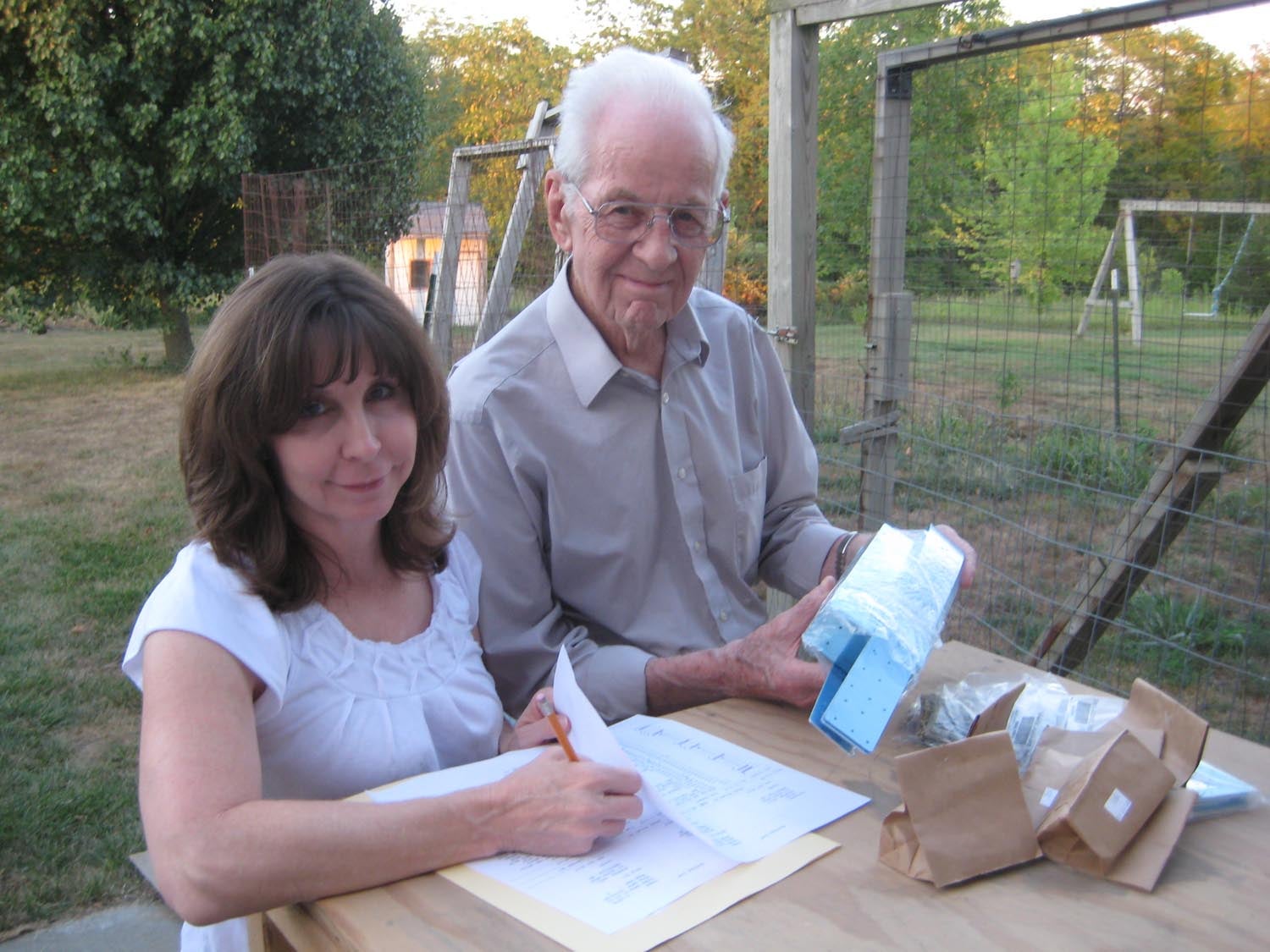
The airframe was constructed in our basement, slow build, with final assembly at the KEVU airport. It features a “tip up” canopy. Painting was accomplished with the help of my father-in-law at the age of 83.
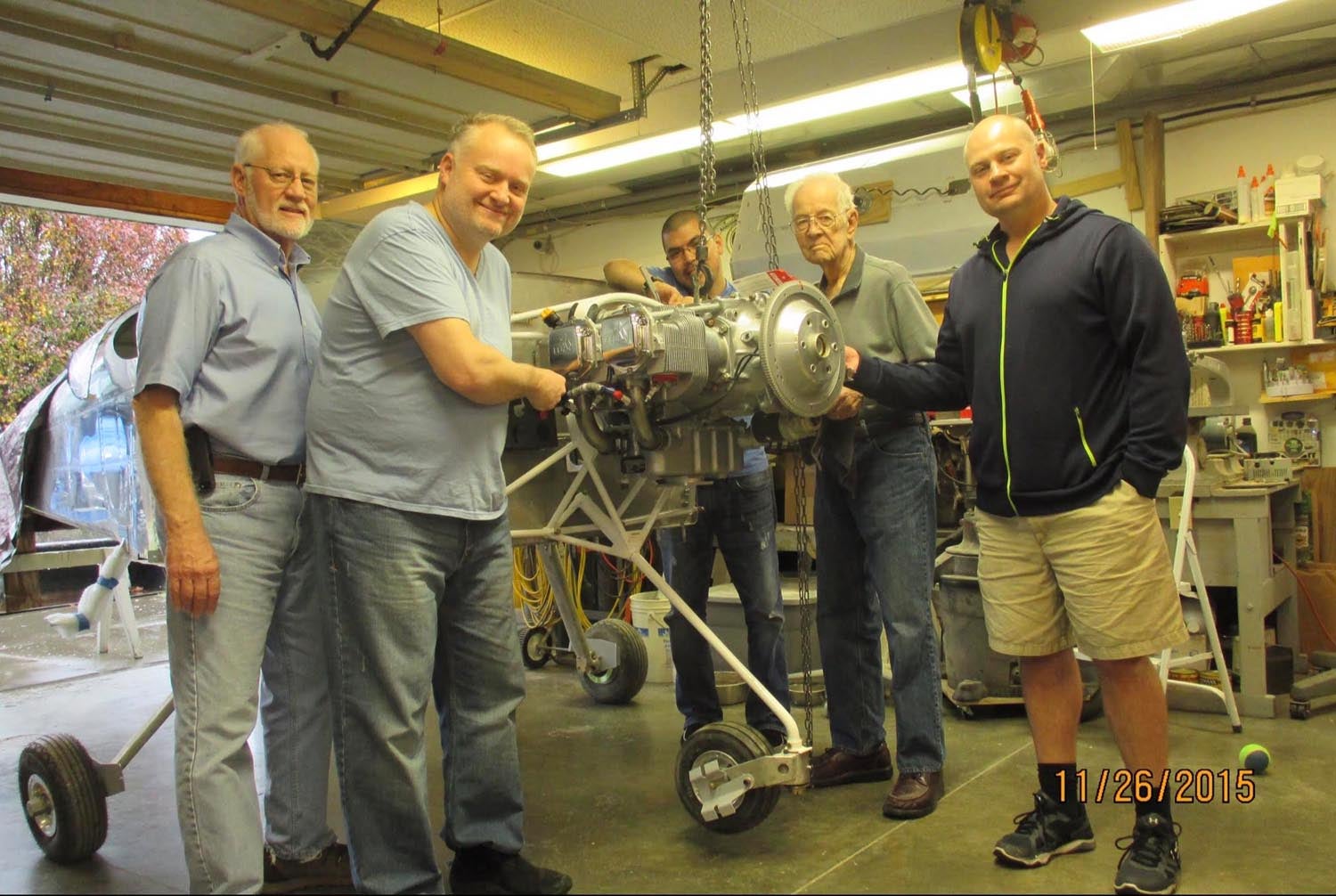
The engine is a TITAN IOX-340 fuel injected model with dual EFII electronic ignition. The engine build was a “builder assist/observe” at the Continental San Antonio facility with Master builder “Lobby” as the assembly technician, and was accomplished in two and a half days including a 3-hour dyno test. Because the engine is totally dependent on electronic ignition, the engine has dual alternators and dual batteries for redundancy. The airplane has a fixed pitch 3 blade Catto composite prop.
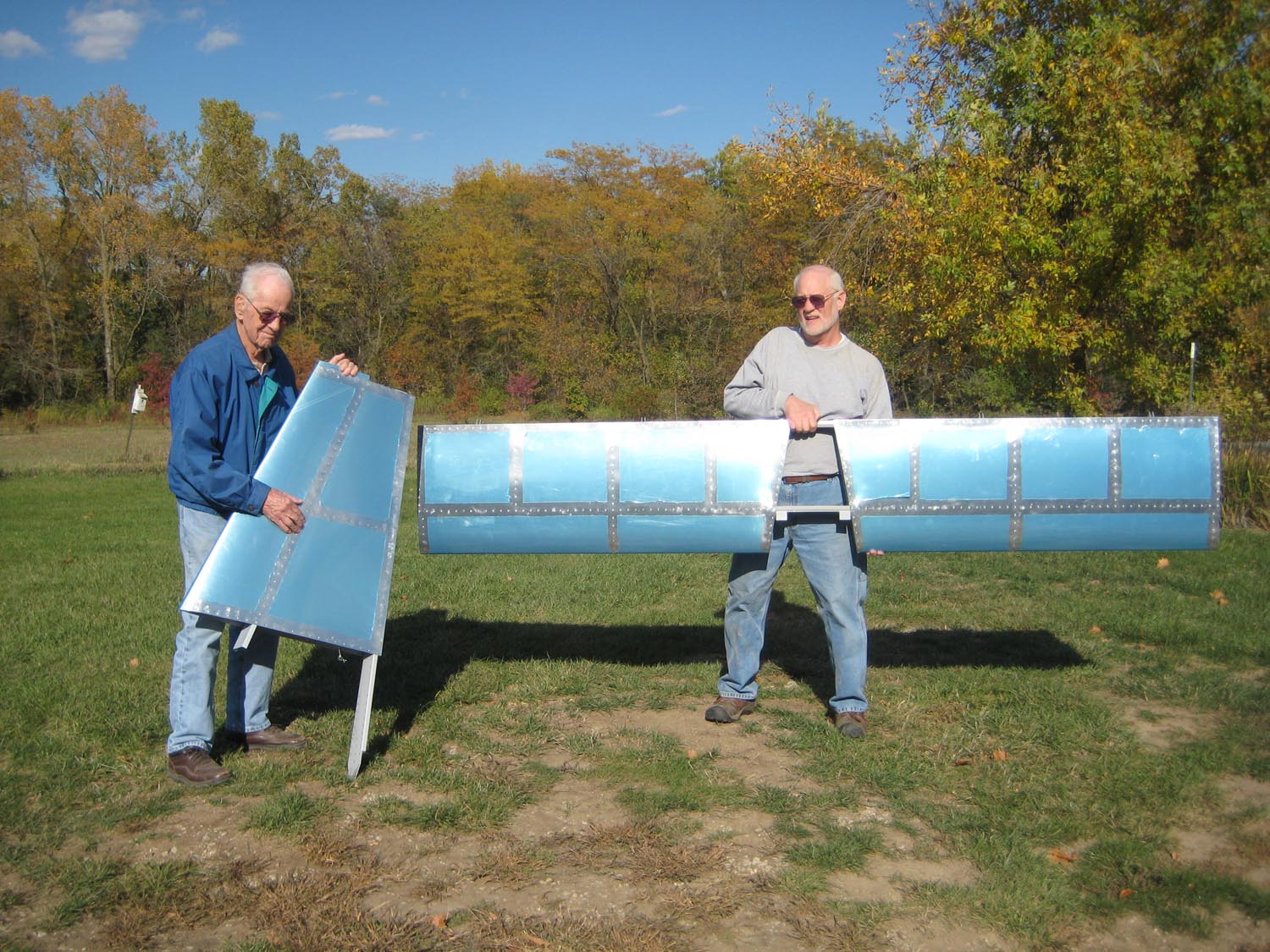
The panel instrumentation features a Garmin G3X touch screen with a Garmin 307 autopilot and remote radio / transponder with ADS-B in and out capability and free weather aloft ability. A Garmin GS260 AOA display is mounted above the instrument panel. The Garmin transponder also has bluetooth connectivity to an iPad for additional map panel display. Electronics and wiring harness fabrication was provided by SteinAir. Independent of the G3X Touch–the panel also features a Garmin 696 unit for backup GPS navigation and redundant flight instrumentation.
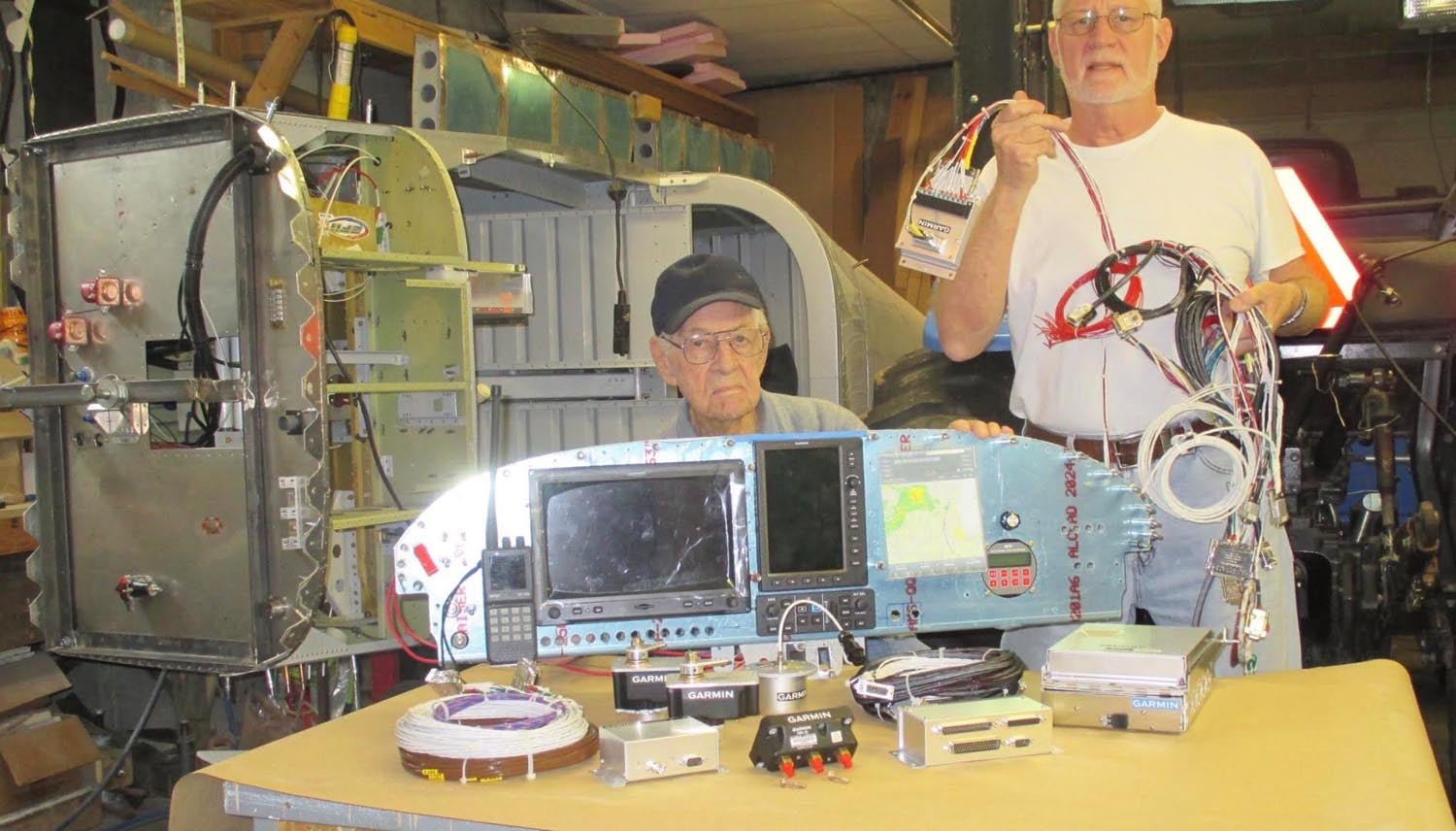
A Sporty’s SP-400 handheld radio provides backup radio communication and VOR capability. Custom leather upholstery with memory foam was provided by Abby at Flightline Interiors.
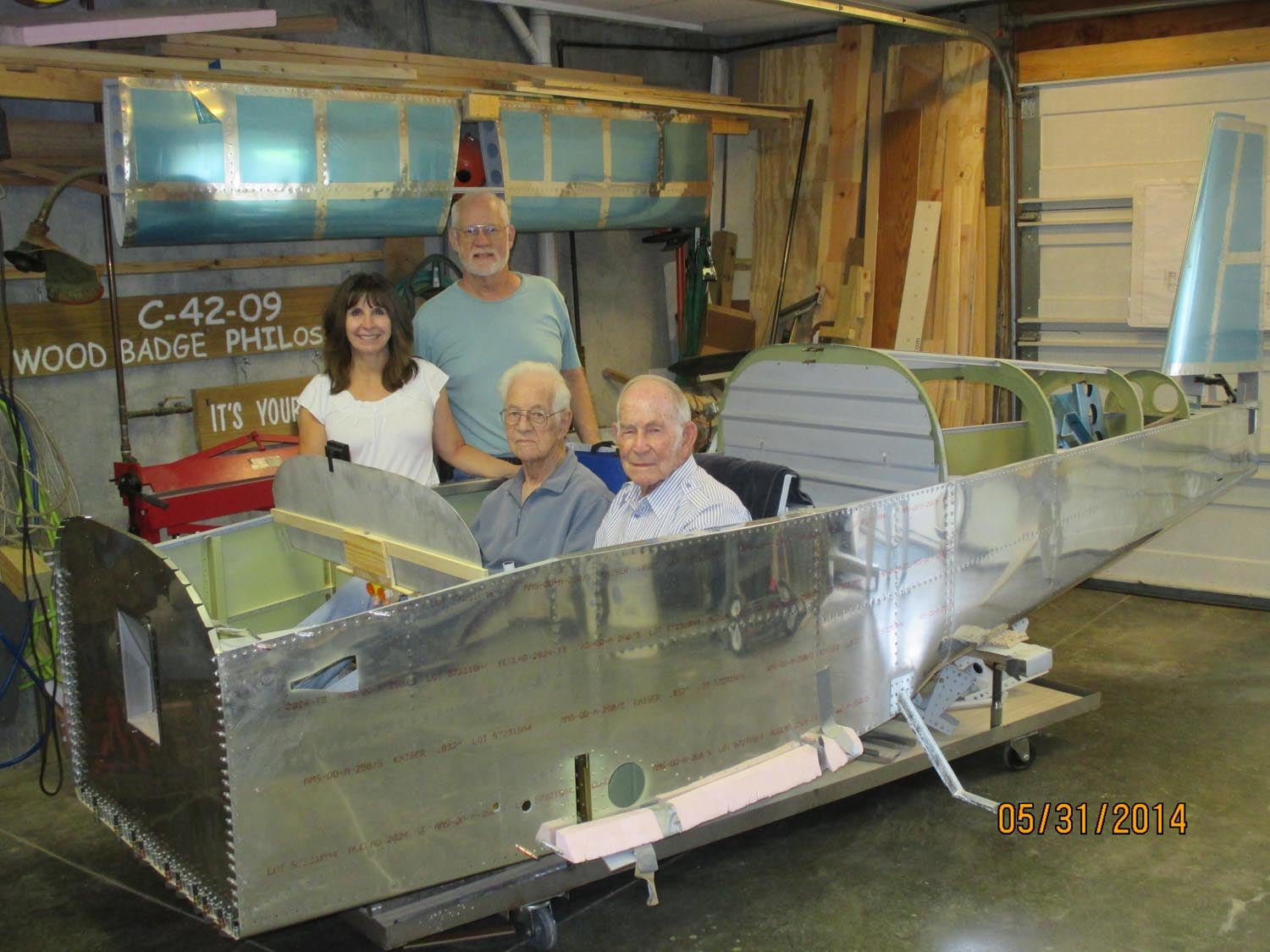
Prior to the build process, I took an EAA sheet metal course at Oshkosh that was very helpful in fabrication fundamentals and prior to wiring the airplane I took an EAA electronic course in Boulder Colorado with instructor Kas Oberman who created the “Captain Sully on the Hudson” accident reenactment clip seen on national TV. Special thanks to my flight instructors Joe and Jo, and Kevin Rankin for flight instruction and assembly guidance. Additional special thanks to EAA technical instructor John Rice, AP mechanic Richard White, cross training instructor Bill Gill, Jay Pratt technical advisor, EAA Technical Advisor Gene Poynter, and fellow builder Ed Ensminger. Troubleshooting technical service for both the fuel injection and electronics involved the special services of Reno Air Racer Tom McNerney who is nothing short of incredible. Tom is my watchful guardian angel.
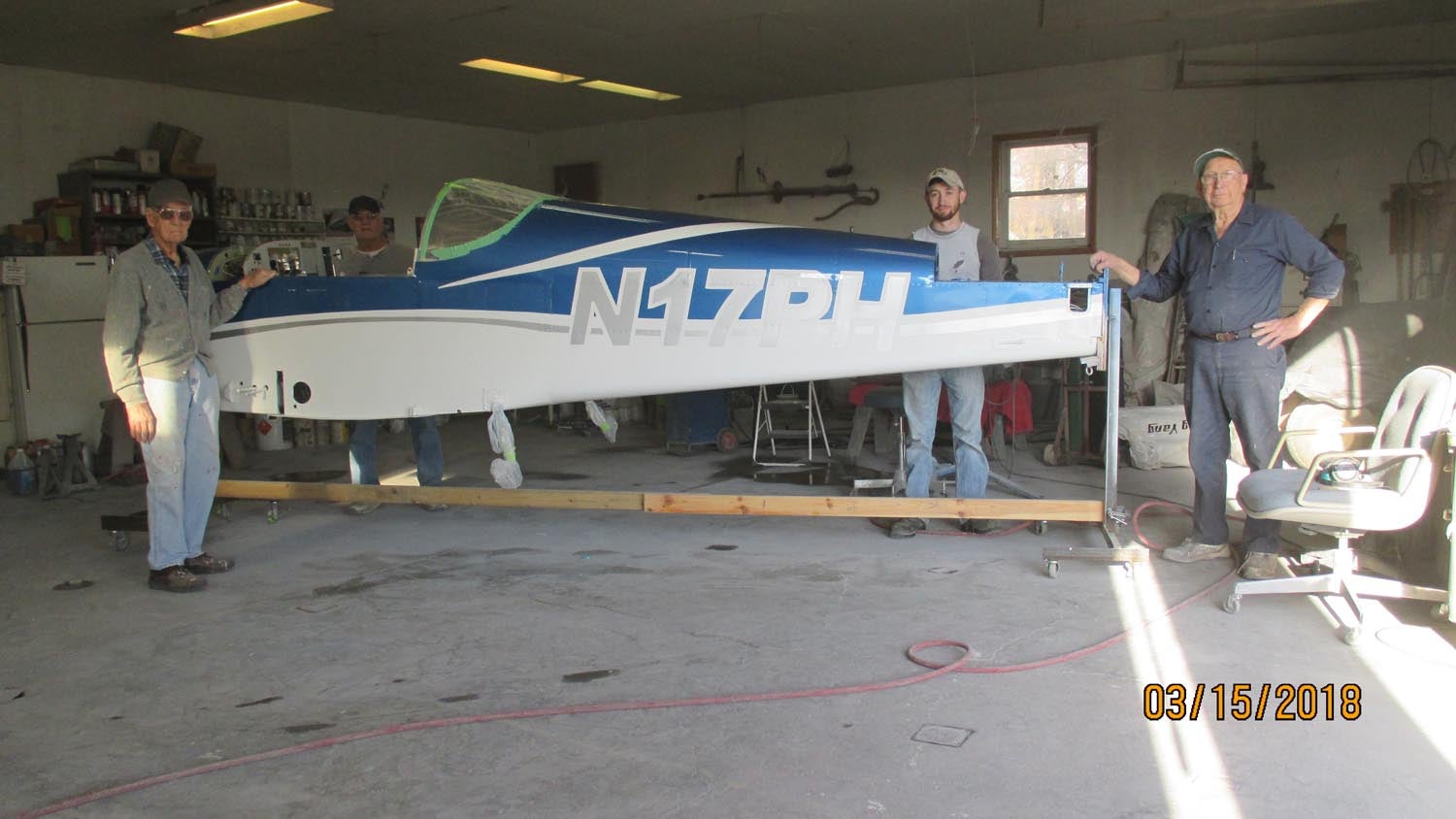
Foremost credit goes to my wife Deena for her patience and encouragement during this build process, my father Harold for eight years perseverance on this project before his death at age 99, and my father-in-law Charlie Roush for his painting talent at age 83. Charlie was an auto body man by training and this was to be his last big project before developing multiple myeloma.
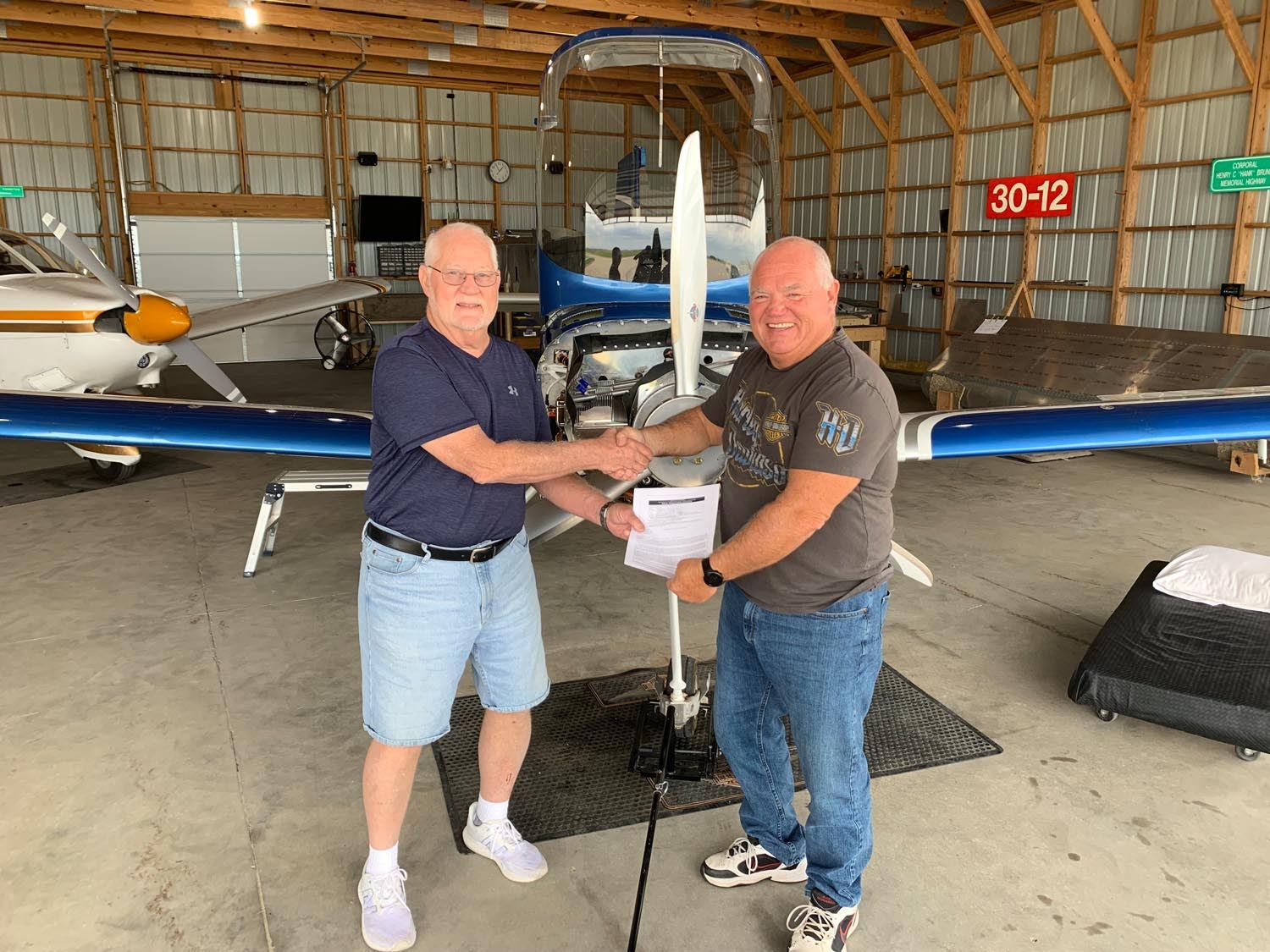
The RV-9A with tail number N17PH flew for the first flight on January 1st, 2023 and has a total of 66 hours to date. Phil is EAA member 1086117 and Young Eagle’s Chairman of Chapter 1540. Phil also teaches Aviation merit badge through the Scouting program.
—Phil Poynter, Maryville, Missouri





































Thanks for sharing the journey